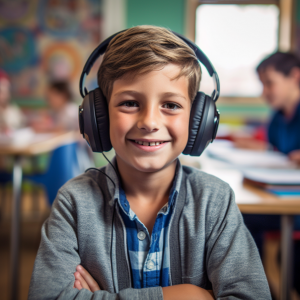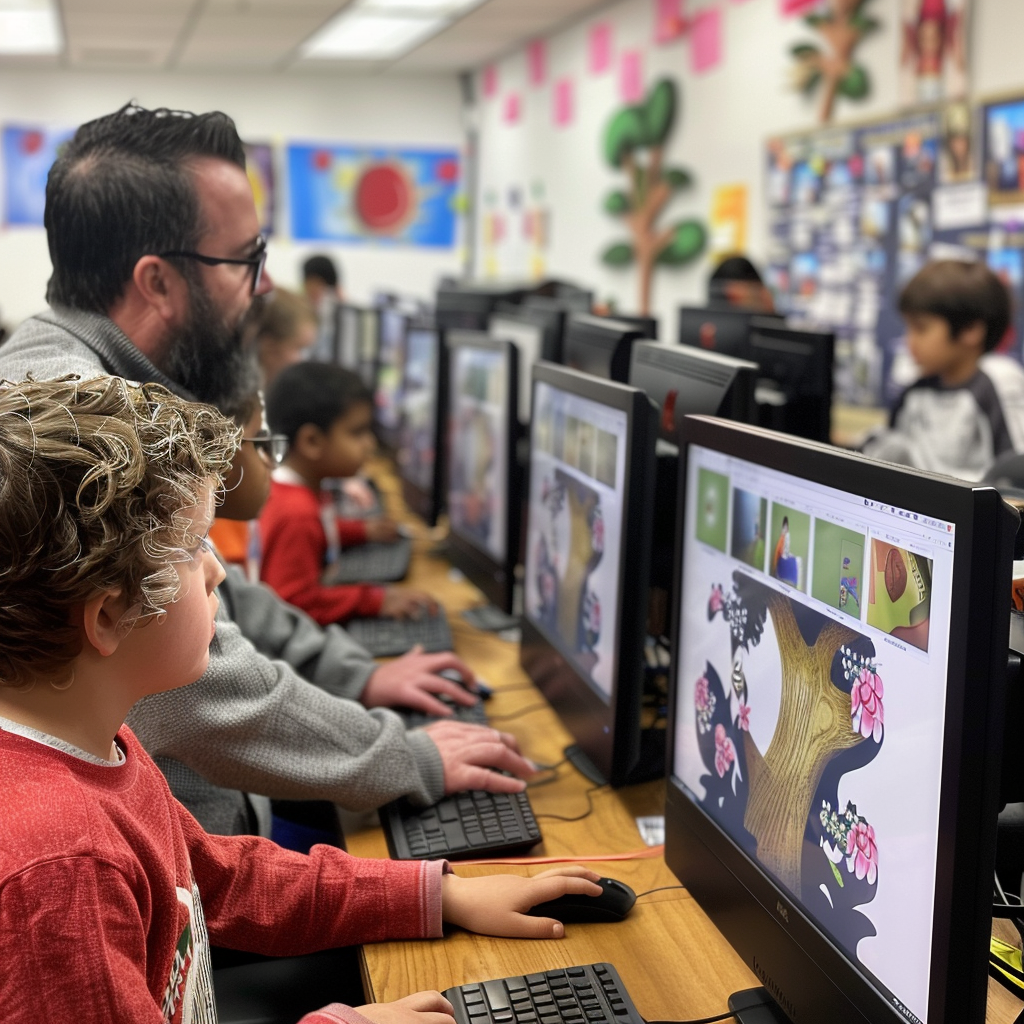 Creating a safe and supportive learning environment in martial arts for all children, especially autistic students, is crucial to ensuring their success and enjoyment in the sport. Autism causes a myriad of challenges to those affected: social skills, repetitive behaviors, speech, and nonverbal communication issues are just a few (Autism Speaks, 2023). Because autism is considered a “spectrum disorder”, those affected by it have varying strengths and weaknesses depending on the individual. Recognizing these strengths and weaknesses is imperative to an instructor in any learning environment so they can tailor the student’s program to their needs.
Creating a safe and supportive learning environment in martial arts for all children, especially autistic students, is crucial to ensuring their success and enjoyment in the sport. Autism causes a myriad of challenges to those affected: social skills, repetitive behaviors, speech, and nonverbal communication issues are just a few (Autism Speaks, 2023). Because autism is considered a “spectrum disorder”, those affected by it have varying strengths and weaknesses depending on the individual. Recognizing these strengths and weaknesses is imperative to an instructor in any learning environment so they can tailor the student’s program to their needs.
How Do We Do This? Breaking It Down.
One of the more important pieces to creating a supportive martial arts environment is to provide clear and consistent instructions, as many autistic children benefit from structured routines and predictable environments.
Create a routine where students know exactly what they are to do in the first few minutes of class. An opening exercise routine or time for practice is a great way to provide a predictable environment for autistic martial arts students. This will “warm up” everyone and provide an opportunity for autistic students to recognize the upcoming expectations.
Martial arts at its core can be overwhelming for autistic children if the instructors don’t have a clear understanding of how to break down the information so everyone can comprehend and retain it. As we mentioned above, identifying the strengths and weaknesses of each student provides the basis for an instructor to effectively teach and is an important part of creating a roadmap to success.
Patience and Understanding
Instructors should also be patient and understanding, recognizing that autistic children may need more time to process instructions or may have difficulty with certain movements. Present the information in different ways – demonstrate it, work physically with the students, and maybe even present a video or a different method of visual instruction. Forcing any student into a box where they can only learn and retain information one way is not ideal. In addition, working with a positive attitude for these students and providing feedback tailored to the individual helps them create a routine and a predictable environment where they can thrive.
Sensory Accommodations
 It is also helpful to provide sensory accommodations, such as noise-canceling headphones or a designated quiet area for breaks, to help children with sensory sensitivities feel more comfortable. If you can create a separate room in your learning environment or even a section of it where a child can relax and decompress, that is ideal. If an instructor notices that a student is becoming overwhelmed, they can guide them to that location where that student can use their own personal coping mechanisms and become comfortable again. It’s vital to provide autistic students with these options because allowing frustration and upset to simmer will only negate the positive skills they are learning.
It is also helpful to provide sensory accommodations, such as noise-canceling headphones or a designated quiet area for breaks, to help children with sensory sensitivities feel more comfortable. If you can create a separate room in your learning environment or even a section of it where a child can relax and decompress, that is ideal. If an instructor notices that a student is becoming overwhelmed, they can guide them to that location where that student can use their own personal coping mechanisms and become comfortable again. It’s vital to provide autistic students with these options because allowing frustration and upset to simmer will only negate the positive skills they are learning.
Promote Inclusivity and Peer Support
Finally, promoting inclusivity and acceptance in the class can go a long way in creating a positive environment for all children, including those with autism. Encouraging peer support and understanding can help foster a sense of community and make the class more enjoyable and rewarding for everyone involved.
One way to encourage peer support and understanding is by teaching students about autism and how it affects their peers and encouraging them to be patient and supportive of each other. It’s also helpful to provide opportunities for teamwork and collaboration, which can help foster a sense of community and belonging. Instructors can also use positive reinforcement to celebrate the unique strengths and achievements of each student, regardless of their abilities.
Instructors must also address and prevent bullying or teasing and emphasize the importance of treating everyone with kindness and empathy. By promoting inclusivity and acceptance, martial arts instructors can help create an environment where all children, including those with autism, feel valued, supported, and encouraged to reach their full potential.
The advantages of martial arts instruction for autistic children are numerous – it’s vital that we understand how to make this environment fruitful and supportive for them. By implementing all of these strategies and prioritizing the needs of autistic children, martial arts instructors can create an environment where all students can thrive and reach their full potential.
If you haven’t already, learn more here about our partnership with Achieve Martial Arts and begin your child’s journey to self-discovery!

Statistical information found on “Autism Speaks” (2023). Retrieved through https://www.autismspeaks.org/autism-statistics-asd






